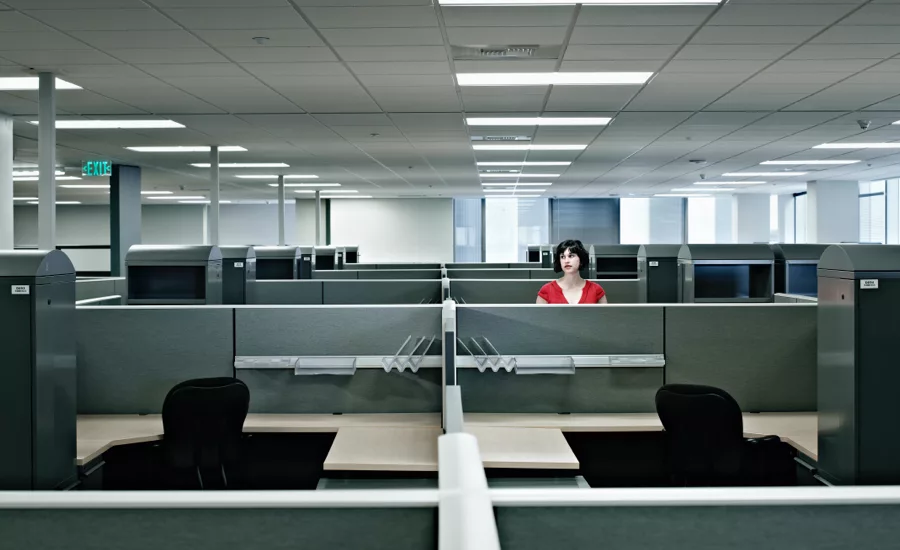Sponsored Content
Tips for maintaining fire and life safety system compliance during COVID-19

As COVID-19 remains a reality across the U.S., business owners and facility managers continue to evaluate best practices to keep their buildings compliant and safe.
The National Fire Protection Association (NFPA) advises that even when buildings are unoccupied or underutilized in response to COVID-19 restrictions, it is vital to continue maintaining compliance with all codes and standards related to your fire and life safety systems.

To avoid compromising fire and life safety, NFPA recommends:
- All commercial multi-occupancy residential buildings (whether open or closed) continue to operate and maintain fire and life safety systems in compliance with and NFPA codes and standards (NFPA 25, NFPA 72®, NFPA 101®)
- Adherence to expected schedules for inspection, testing and maintenance (ITM) of fire and life safety systems and if those responsible for building safety are unable to perform their duties, they should contact their local AHJ.
- Public and private employees who perform ITM and other responsibilities for these systems must be deemed essential workers. Workers, including contracted vendors, performing security for healthcare and banking entities, as well as those who maintain digital systems infrastructure, such as fire alarm systems, to support law enforcement and emergency service operations are a key part of maintaining the nation’s critical infrastructure.
- Most ITM requirements can be provided by a single ITM service provider, thus limiting the need for face-to-face interaction. When two individuals are required, the tasks can be accomplished via two-way radio.
- ITM requirements as outlined by building risk assessment professionals and in accordance with manufacturer’s recommendations should continue for health care systems, including med-gas systems.
- Emergency power systems must be inspected, tested and maintained as part of the ITM schedule to help ensure they operate properly during emergency events. (NFPA 110).
By prioritizing the inspection, maintenance and monitoring of your fire and life safety systems, you can significantly minimize risk to your facilities and any essential occupants as circumstances continue to evolve during an uncertain time.
Looking for a reprint of this article?
From high-res PDFs to custom plaques, order your copy today!


